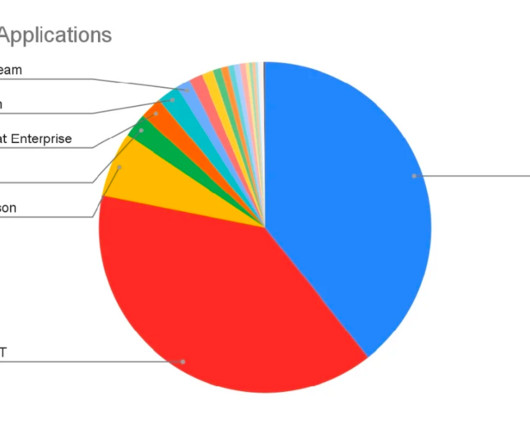Generative AI: 5 enterprise predictions for AI and security — for 2023, 2024, and beyond
CIO Business Intelligence
OCTOBER 25, 2023
Enterprise use of AI tools will only grow, with industries like manufacturing leading the charge Our research shows that mirroring the broader AI trend, enterprises across industry verticals sharply increased their use of AI from May 2023 to June 2023, with sustained growth through August 2023.

















Let's personalize your content